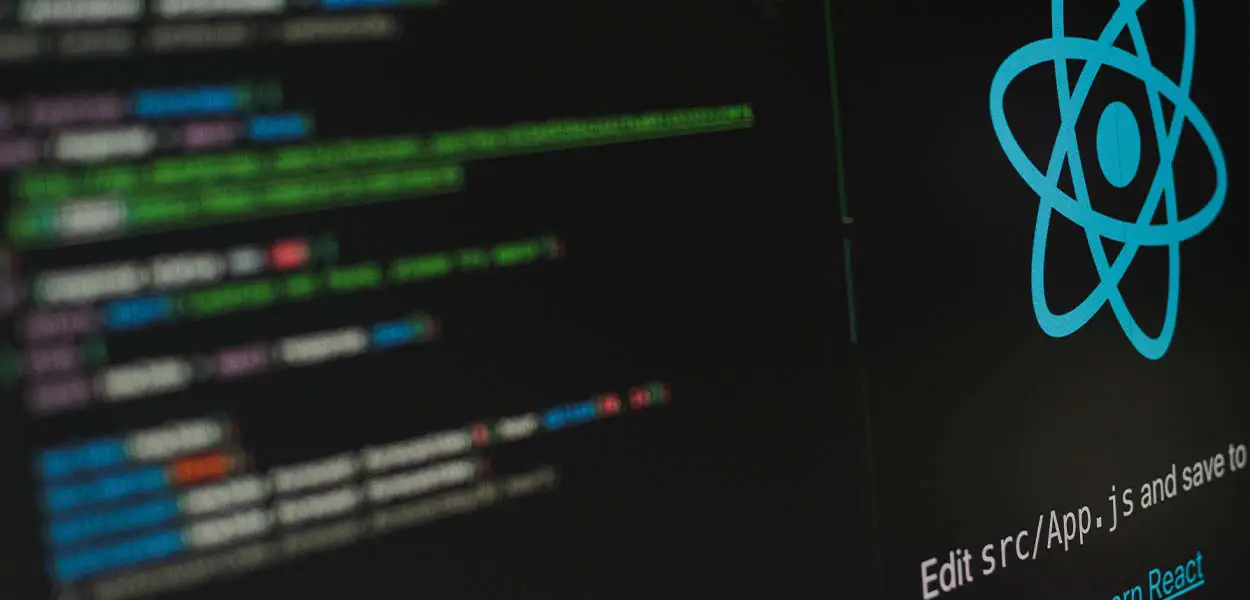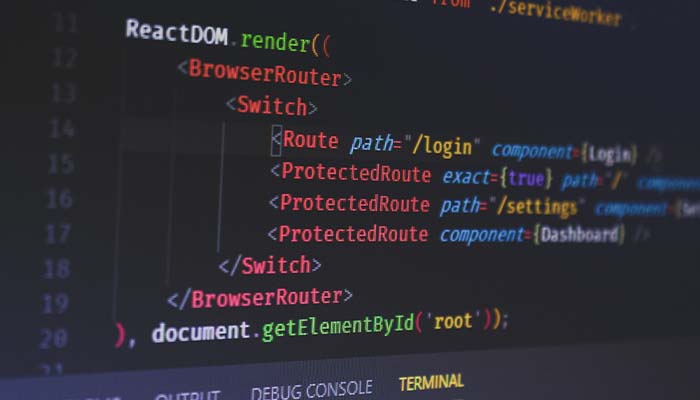Guide to React Hooks
An Ultimate Guide to React Hooks
February 16, 2023 4:51 PM
Guide to React Hooks
February 16, 2023 4:51 PM

React 16.8 introduced Hooks, a new functionality. This tutorial explains hooks and their functions.
Hooks are a new feature introduced in React 16.8. As a result, states and other React capabilities can be used without writing a class. Hooks are functions that "hook into" hooks and allow you to react to state and lifecycle features. They can also be used backward.
You must convert a functional component to a class before adding a state. You can, however, add a hook to an existing function component.
React Hook is a simple and clear function for web development.
To run and execute Hook, you will need to run the following command on your local computer:
$ npm install -react@16.8.0.1 - save
--save npm install react-dom@16.8.0-alpha.1
This program will install React JS alpha and React-DOM beta, which are compatible with Hooks. Also, ensure that your package.According to the following program, the json file lists React and React DOM dependencies:
"react": "^16.8.0-alpha.1",
"react-dom": "^16.8.0-alpha.1",
You now have an understanding of hooks. Let's look at two types: the state hook and the event hook.

This example will show you a simple counter function that increments the value whenever the user clicks on it.
Consider the following code in the App.js folder of your application:
Import React and the useState function from React.
function Counter() {
// Create a new state variable that we'll refer to as "count."
const [count, setCount] = useState(0); return (
You clicked count times
setCount(count + 1)}>
Click here ); } export default Counter;
In the preceding example, the hook is useState. You can call it within a function component to add a local state. React will preserve this state between re-renders. useState returns two values: the current state and a modification function. This function can either be called from an event handler or anywhere else. It works the same way as setState in a class, except it doesn't merge the old and newly created states.
UseEffect is an effect hook that allows you to create side effects using a function component.
When you call us to effect, we will tell it to run your "effect code" after flushing the DOM. Because they are declared within the component, effects have access to their props and states. React runs the effects following every render by default, even the first one.
Take a look at the code below.
Import React, useState, and effect from React;
function Example() {
const [count, setCount] = useState(0);
useEffect(() => { document.title = `You clicked $count times`; });
return ( You clicked count times setCount(count + 1)}> Click me ); } default example export
Hooks can be understood if we take a step back to consider code reuse. React apps allow you to reuse logic in many ways today. You can create simple functions and then call them to compute something. You can also create components, which could be classes or functions. Although components are more powerful than classes and functions, they must also render some UI. These components are not suitable for sharing non-visual logic.
Complex patterns, such as render props or higher-order components, are the result. These patterns can make it difficult to understand the code and require you to restructure components. A typical React application will look like this in React DevTools. It will likely have layers of consumers, providers, higher-order components, and render props. If there were one way to reuse code, wouldn't React be easier?
Functions are a great way to reuse code. It is easy to move logic between functions. But functions cannot contain a local React state. Without restructuring your code or using an abstraction such as Observables, you can't extract behaviour from class components like "watch window size and update state" or "animate value over time." These approaches compromise the simplicity of React.
Hooks allow you to extract stateful logic from components to be used independently. Hooks make it possible to reuse stateful code without modifying your component hierarchy.
React also faces the challenge of complex components becoming difficult to understand. Many lifecycle methods contain unrelated logic. These lifecycle methods allow for mutually related code to be split up while completely unrelated code is combined into one method. This makes it easy to introduce bugs or inconsistencies.
It is often impossible to separate these components into smaller pieces because of the stateful logic scattered all over the place, making it difficult to test.
React Hooks allow you to split one component into smaller functions depending on how they are related (e.g., setting up a subscription or fetching data) instead of forcing a split based on lifecycle methods. We can now separate app concerns according to logic and which lifecycle method they are part of.
We found that classes are a significant barrier to learning React. They make code reuse and organisation more difficult, and they cause numerous code organisation issues. This is a very different way of working in JavaScript than in other languages. It is important to bind event handlers. The code will be very long if there are no unstable syntax proposals. Although people can comprehend props, states, and top-down data flow very well, they still have difficulty understanding classes.
Machines can get confused between classes and functions, however. Minifiers and uglifiers, for example, have trouble working with classes.
According to the documentation, the React team has been trying out ahead-of-time compilation and other useful features like component folding. Still, they have discovered that class components can encourage unintentional patterns that put these optimizations on a slower track.
I hope this "React Hooks" tutorial has helped you understand how hooks work. You should complete a full-stack developer course if you want to learn React.
The React native app development company in the USA will cover the basics of React, a popular web framework that allows you to create user interfaces. Redux training covers actions, reducers, and the state tree.
Are there any questions you would like to ask? You can leave suggestions and questions in the comments section. We will respond as quickly as possible to your questions!
Strategy
Design
Blockchain Solution
Development
Launching
Testing
Maintenance
Contact US!

Plot 378-379, Udyog Vihar Phase 4 Rd, near nokia building, Electronic City, Phase IV, Sector 19, Gurugram, Haryana 122015
Copyright © 2025 PerfectionGeeks Technologies | All Rights Reserved | Policy
Strategy
Design
Blockchain Solution
Development
Contact US!

Plot 378-379, Udyog Vihar Phase 4 Rd, near nokia building, Electronic City, Phase IV, Sector 19, Gurugram, Haryana 122015

1968 S. Coast Hwy, Laguna Beach, CA 92651, United States
Copyright © 2025 PerfectionGeeks Technologies | All Rights Reserved | Policy